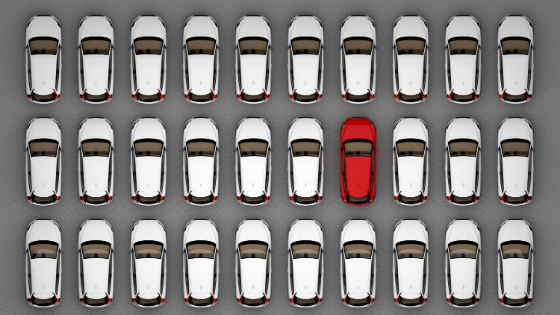- 06/05/2020
- Posted by: Charlie King
- Category: Blog

Now and the so-called “glory years”
As someone returning to Sample Answers after 15 years spent in online data-collection and ad hoc market research, it’s been interesting to make the comparisons between now and the so-called “glory years” I left behind me. The late 1990s and early 2000s seemingly offered it all: access to tens of millions of consumers across numerous countries combined with vast amounts of potential selections and data-points. The direct marketing industry – so often the source of much consumer data – was in rude health and the transition to the digital economy, whilst underway, was not much more than a twinkle in the distance.
One of my strongest memories is the rich quantity of automotive data that we could draw upon. Relying on postal surveys for data-collection of course meant that volumes for new car owners or buyers in the past 12 months were low, given the time required for data-collection, but there was nonetheless enough data for make and model selections to be able to conduct quant surveys via CATI and to recruit for regional car clinics; especially including cars 2 – 3 years old.
I’ve been surprised to discover that in my time away, the volumes have diminished considerably.
So what has changed?
Firstly, there has been a significant change to the nature of the car-buying market. Leasing is more popular than ever, and the UK is now the 3rd biggest market (behind only China and the US) in the world for this type of financing and almost all new cars (91%) are being leased (1). Secondly and most importantly is the rise and impact of social media and online advertising. Put simply, ads served live and incorporating targeting & tracking are much more cost-effective than data lists that already lag anywhere between 4-12 months before they’re available to marketers. The twinkle in the distance I mentioned is now a bright, shining, mainstream light and agencies and manufacturers no longer need to buy questions on lifestyle surveys in order to best reach their target audience.
It is not however, all sampling doom and gloom and there remain many possibilities for conducting quant studies over the phone. Firstly, we continue to hold make and model data for car owners so it really is worth asking us to provide counts if you have a potential study. After all, we can sample between one and two million people in the UK, with a car. Secondly, with broader or more workable criteria we can select samples based on SMMT group, month of insurance renewal, year of registration and many more. Lastly, these broad figures might be useful in helping understand the landscape of car ownership in the UK:
As of 2018 there are 6 000 pure electric vehicles on UK roads and 136 000 plug-in electric hybrids. This is versus total annual new car registrations around the 2 million mark. In total however, alternatively-fuelled cars now have a 7.4% market share and diesel continues to decline – by 21% in 2019. The most popular models over the past few years are: Kia Sportage, VW Polo, the Mini, Ford Kuga, Nissan Qashquai, Mercedes A-Class, Vauxhall Corsa, Ford Focus, VW Golf, Ford Fiesta. All sold between 35 000 and 78 000 in 2019 (2).
– by Martin Cawley, Sample Answers
For more information about our automotive data, please click on the links below:
(1) https://www.leasingbrokernews.co.uk/five-vehicle-leasing-industry-trends-for-2020/
(2) https://www.whatcar.com/news/the-10-most-popular-cars-in-the-uk-in-2019/n17053
To discuss how we can assist you, please contact us by clicking here.
Leave a Reply
You must be logged in to post a comment.